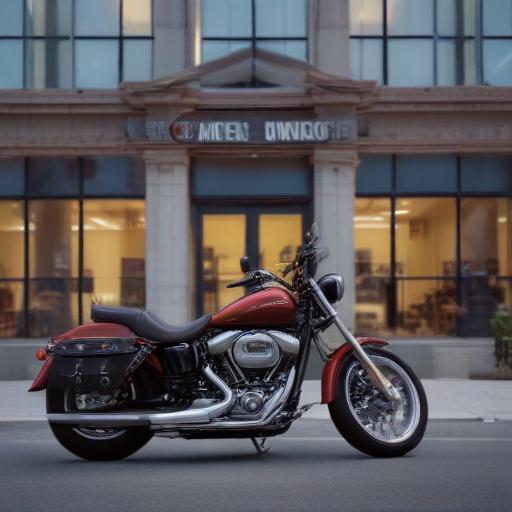Harley-Davidson (HOG) faces significant challenges, including decreasing sales and a customer base that is dwindling amidst the electric vehicle revolution. As part of its strategic response, the company is considering divesting its financing unit, Harley-Davidson Financial Services (HDFS), which could potentially release up to $1 billion in capital. This move is critical as it reflects the company’s need to reallocate resources effectively in today’s volatile market.
HDFS has historically generated substantial income, contributing over $248 million in operating income in 2024. It plays a vital role in financing inventory and consumer purchases, providing reliable revenue in a sector known for its cyclical nature. However, maintaining HDFS also means competing against more cost-efficient financial institutions, which presents its own challenges.
The capital from the divestiture could be redirected towards significant initiatives like research and development for electric motorcycles through LiveWire, expansion into global markets, or debt repayment. Harley-Davidson’s capital expenditures were projected between $225 million and $250 million for 2024, underscoring a pressing need for liquidity to fund transformative projects, particularly in the electric vehicle sector where competition is intense.
The urgency of this divestiture is heightened by the latest market trends. Harley-Davidson’s 2024 performance indicated a 17% drop in global motorcycle shipments and a staggering 21% decline in retail sales for Q4. The LiveWire division, seen as a key innovative segment, ended the year with an $110 million operating loss, further pressing the company to make swift decisions. The stock price has also suffered, trading below $22, marking a substantial decline from its heights in 2021.
Anticipated to close by Q3 2025 pending board approval, the sale’s success relies on achieving “transaction objectives” outlined by CEO Jochen Zeitz, focused on preserving value for shareholders and maintaining strong ties with dealers. However, delaying the sale could risk further erosion of shareholder confidence, especially with continued projected losses in the LiveWire segment.
Through its history, Harley-Davidson has navigated challenges before. The 2013 closure of its York plant and the 2018 sale of Buell Motorcycle Company initially caused stock dips but ultimately led to stability and a renewed focus on core branding. However, the landscape is now complicated by the rise of private credit firms and the urgency to transition to electric mobility.
For investors, the divestiture of HDFS is a complex proposition. While it could provide the necessary capital to enhance growth and market positioning, it also risks the loss of a significant revenue source that accounted for 20% of the company’s total revenue in 2023. The success of this strategy will heavily depend on how proceeds are reinvested to address ongoing challenges within the company.
The potential divestiture of HDFS represents a calculated risk for Harley-Davidson, aiming to bolster its future through innovation and market expansion. The upcoming months are pivotal for the company and its shareholders, who will be closely watching updates and LiveWire’s performance to gauge whether this strategic shift is truly a springboard towards recovery or simply a temporary fix.
Amidst these transformative efforts, Harley-Davidson stands at a crossroads, needing to evolve while maintaining its distinct brand identity—an endeavor that, if successful, can pave the way for a rejuvenated future in the motorcycle industry.
